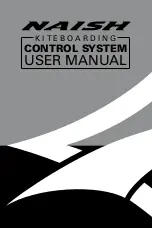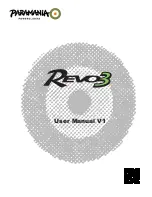
JS-MD 3
Aircraft Flight Manual
MD10-AFM-00-001
Issue: 01
Rev. 00
Rev. Date: 14-Feb-20
Page 8-5
Cleaning and care
General
The JS-3 is manufactured from a composite of glass, carbon and aramid
fibres in an epoxy matrix. The gel coat surface layer is finished with a
polyurethane acrylic 2K paint topcoat.
There is no composite material available that is impervious to moisture
absorption or to UV (ultra-violet) rays. UV rays will break down the epoxy
matrix cross links and moisture absorption will damage the bond
between the epoxy and the fibres, ultimately degrading the structural
integrity of the aircraft. The utmost care must be taken to ensure that the
structure of the aircraft is kept dry and not exposed to moist, hot or humid
environments for protracted periods.
Paint and gel coat
The purpose of the outer surface finish is to present a good aerodynamic
surface to the air when flying, but also to protect the structure from the
environment. The main enemy for the structure is UV rays and moisture.
UV rays will break down the epoxy cross links and will destroy the
structural integrity of the aircraft. Gel coat protects the structure in a self-
sacrificing fashion. The gel coat will degrade while protecting the
structure. This will appear as cracks and yellowing. The gel coat can be
protected by refinishing the aircraft with a Polyurethane Acrylic 2K paint
system (factory finish process). Applying hard wax will not prevent UV
damage to the gel coat, but will slow down the surface deterioration.
Clean the outside of the aircraft with water and a mild detergent. Never
use acetone of lacquer thinners to remove tape residue; rather use a
silicon-free polish. Immediately after washing the aircraft dry it off with a
soft chamois. Use special care not to allow water to get into the hinge
line and airbrakes.












































